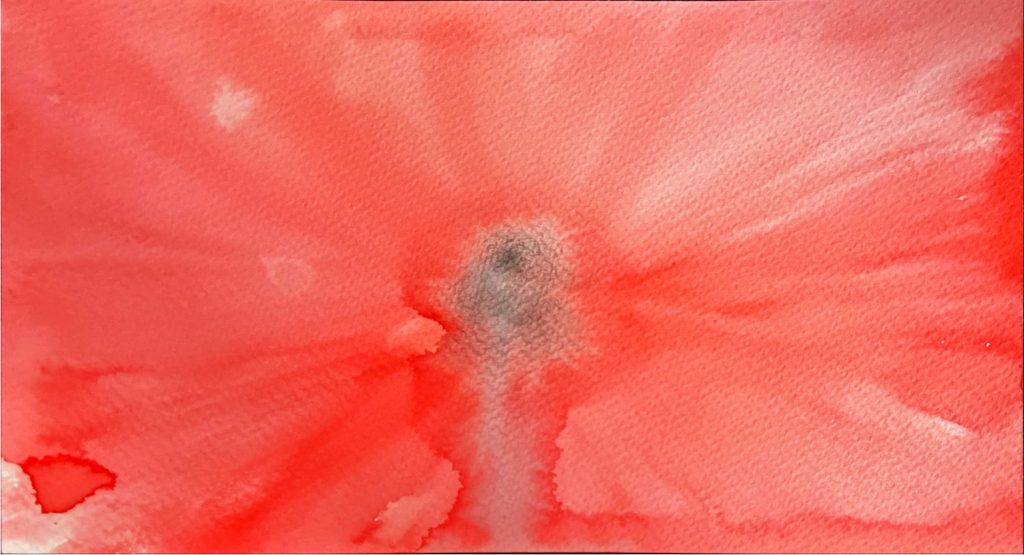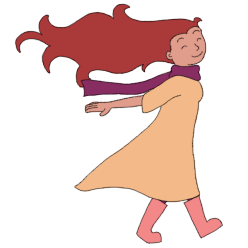
For the past few hundred years the mind and the body have been considered separate. The idea that our emotions can be expressed with physical pain has been dismissed. But in more recent years, this has been challenged. Research has shown that emotional pain lights up the same pathways in the brain as physical pain. It has also shown that the pain experienced with emotional pain is as severe as that experienced with physical pain. The evidence shows that our “minds” are not in our brains but in our bodies. We store our memories as sensations which use all our senses (touch, smell, vision, sound, taste) as well as our thoughts and emotions in our bodies. It makes sense when you consider our five senses are functions of our bodies.
If you consider that physical pain and emotional pain are felt in the same area of the brain. Then emotional pain is going to hurt. If you add to that, the fact that that emotional pain is stored as a memory in the body, the it is not hard to understand that the memory of an emotional pain is going to hurt somewhere in the body.
Much of the pain we feel in our bodies is due to stored painful memories. I am not saying that every pain in the body is caused by a painful memory, but a lot of pain is. The memories also affect the way we use our bodies. We may walk and sit differently because of a memory. We may move differently because of a memory.
If we have a painful memory and we are able to resolve that memory, then it does not leave pain or restriction in our body. It is the memories we cannot resolve that cause the problem. The memories of painful times in our past. The memories of trauma we were unable to process. Most of these memories are from childhood and just get added to by things that happen in adulthood.
Physical pain is hard. It restricts what you can do. Ask anyone with chronic pain. When the pain in your body restricts what you can do, it is easy to begin to identify with that pain. It becomes easy, without realising you are doing it, to hide behind that pain. It protects you. It protects you in many ways. It stops you hurting that part more. It also stops you experiencing any emotional pain that may be part of that physical pain.
Therapists who work with client’s bodies, both the feelings in the body and the way the body moves and is held, know that releasing painful memories can reduce or remove bodily pain.
If you take a group of children and give them a body outline, then ask them to colour the parts of the body where they feel angry or sad or other emotions, they can do it. They will colour in areas of the body and use colours to express what that emotion feels like. Children know that they feel things in their bodies. When they are taught to make that link they can become really good at understanding their feelings and the impact on their bodies.
A lot of adults never learned in childhood to feel and locate their emotions in their bodies.
Being able to sit with a pain or discomfort in the body and explore it is very helpful. I teach this as part of my teaching on mindfulness. I teach people to ask that part what it is feeling. To explore the feelings that are attached to that pain. It can be very enlightening. Once those feelings are identified it is possible to work with them and release them.
Many people report that when they use their pain to identify hidden memories and are able to resolve them, then their pain reduces or disappears.
If you would like a simple, mindfulness meditation to assist with this exploration you are welcome to sign up for my email list here http://eepurl.com/g8Jpiz. When you sign up, I will send you a link to a mindfulness meditation for exploring the pain in your body.
